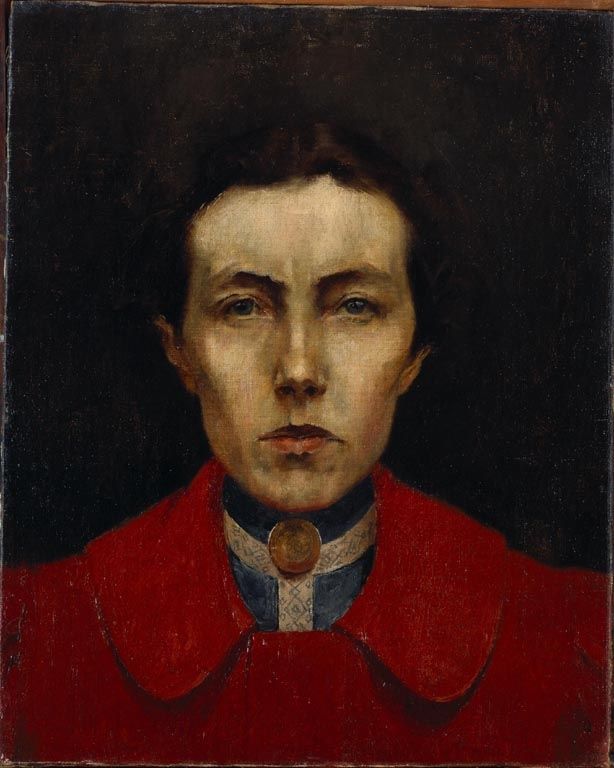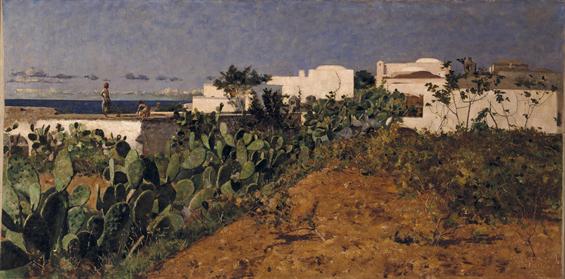The Soares dos Reis National Museum originates from the Museum of Paintings and Prints and other Fine Art objects, established in 1833 by D. Pedro IV. With the proclamation of the Republic, it was renamed Museu Soares dos Reis in memory of one of the most outstanding names in Portuguese art. In 1932, it became a National Museum and has been housed since 1940 in the Carrancas Palace.
Throughout its almost 200-year-long history, the Soares dos Reis National Museum has brought together a remarkable set of collections of ceramics, sculpture, engraving, goldsmithing and jewellery, painting, textiles and glassware.
It houses a selection of ten items classified as Assets of National Interest, also called “national treasures”, such as the enigmatic and disturbing Autorretrato (c. 1900) by Aurélia de Souza, O Desterrado (1872) by Soares dos Reis, one of the most important works of Portuguese nineteenth-century sculpture, the Bust Reliquary of Saint Pantaleon (fifteenth and sixteenth centuries), a devotional object in golden silver, A Senhora Vestida de Preto and Casas Brancas de Capri, two masterpieces of the naturalist painter Henrique Pousão (1859-1884), the Episcopal Cross (1740), by the famous Italian goldsmith Antonio Arrighi, or the Cross Reliquary and Pair of Eucharistic Cruets from Mughul India, a rare testimony to sacred art that belonged to the private collection of King D. Luís I.
In the 1950s, the Soares dos Reis National Museum invested in new paintings and sculpture for its collections with works by contemporary artists, such as Amadeo de Souza-Cardoso, Júlio Resende, Ângelo de Sousa or Álvaro Lapa, a trend that, after April 25, 1974, continued at the Center for Contemporary Art, the starting point for the National Museum of Modern Art, now Serralves Foundation. The Portuguese Institute of Museums marked the remodelling of the building in 2001 with the architectural project of Fernando Távora's studio, providing it with new spare rooms, temporary exhibitions, an auditorium and educational services.
More recently, in April 2023, the Soares dos Reis National Museum opened a long-term exhibition proposing a pathway with two complementary narratives: the first reflects its history and the way the collections were integrated and the second values the artists and their works. This was the first public art museum in the country and repositioned itself and presented a new look at its collection, mindful of the importance of the cultural heritage contained in this museum and honouring the history of which it is a rightful heir.

